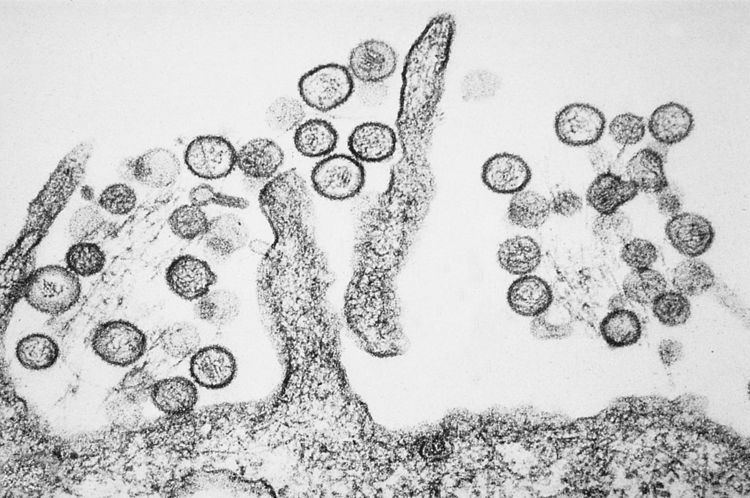Group Group V ((−)ssRNA) Family Bunyaviridae Rank Species | Order Unassigned Genus Hantavirus | |
 | ||
People also search for New York virus, Bayou virus | ||
Monongahela virus (MGLV) is a single-stranded, negative-sense RNA Hantavirus species of zoonotic origin that causes Hantavirus pulmonary syndrome. The virus was first isolated from a White-footed mouse (Peromyscus leucopus), indigenous to Pennsylvania after two residents died from rapid onset of respiratory failure.
Contents
Discovery of virus
Monongahela virus was first detected in P. maniculatus nubiterrae (Cloudland deer mice) captured in the Monongahela National Forest in West Virginia in 1985.
Transmission
This species of Hantavirus has not been shown to transfer from person to person. Transmission by aerosolized rodent excreta still remains the only known way the virus is transmitted to humans. In general, droplet and/or fomite transfer has not been shown in the hantaviruses in either the hemorrhagic or pulmonary forms.
In both cases in Pennsylvania, the patients were living in rural areas and had recent exposure to rodent excreta prior to the onset of symptoms. Both patients developed rapid onset of respiratory distress and pulmonary edema, believed to be the result of cytokine storm, and both expired within 5 days of onset of symptoms.
